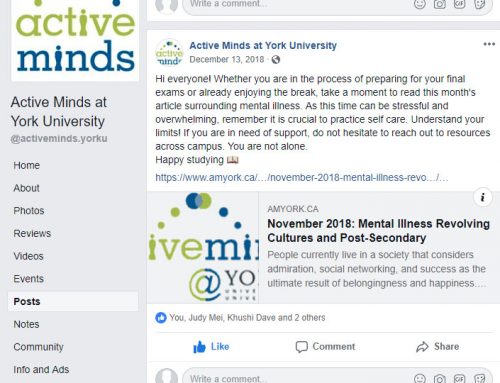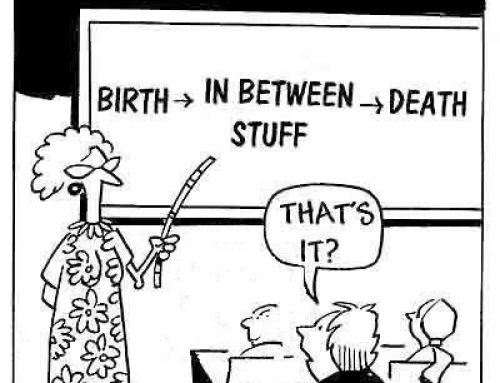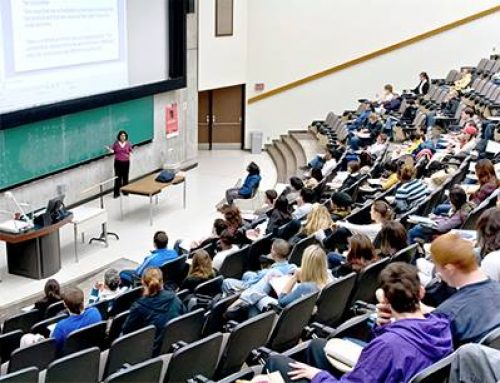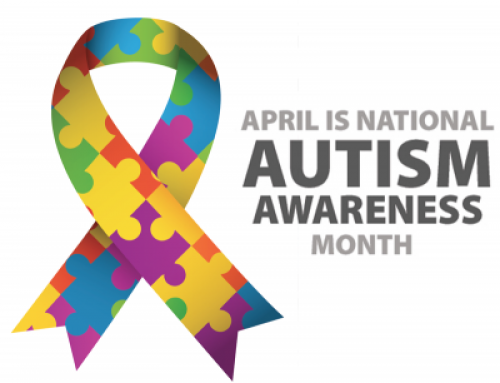Suicide is the act of taking one’s own life voluntarily and intentionally. Some people who attempt suicide are Impulsive acts due to:
- Stress
- Financial difficulties
- Trouble with relationships
- Bullying
- Those who previously attempted suicide
University could become stressful for most students with social and academic challenges. Stress and anxiety could revoke suicidal, and negative thoughts which could be triggered by depression and other psychological disorders. Most of university students would become more stressed, anxious and have suicidal thoughts during exam time. Worldwide, Non-suicidal self-harm (NSSH) attempts and suicidal attempts specially university students is a major concern for public health. There is a gender difference for suicidal attempts between female and male students.
The Factors that leads students to become stressful are:
- academic,
- personal
- financial stressors
- emotional exhaustion
- low sense of accomplishment.
- Lack of sleep
- physically exhaustion
The Article by Becker, Holdaway, & Luebbe. (2018) stated that: Women more likely than men to report thoughts of death, and committing suicide mission. There were tests done for both women and men which indicates that women had significantly higher mean scores than men on the previous attempts suicide attempt than men :
women: 4.6%
Men: 2.7%,
Women also had significantly higher mean scores than men to expressed their feeling to commit suicide:
women: 5.2%
Men: 2.7%
Women had significantly higher total scores than men and were most likely to attempt suicide in future:
women :26.1%
Men: 20.4%
In conclusion, women and men did not differ in their suicidal ideation in the past year or in the likelihood that they would attempt suicide in the future.
Reference:



























